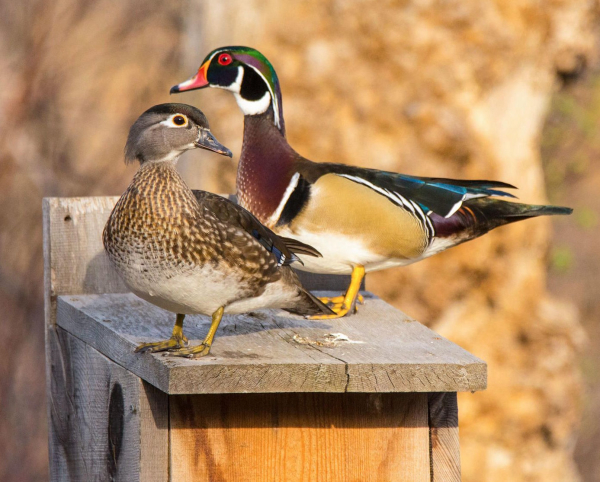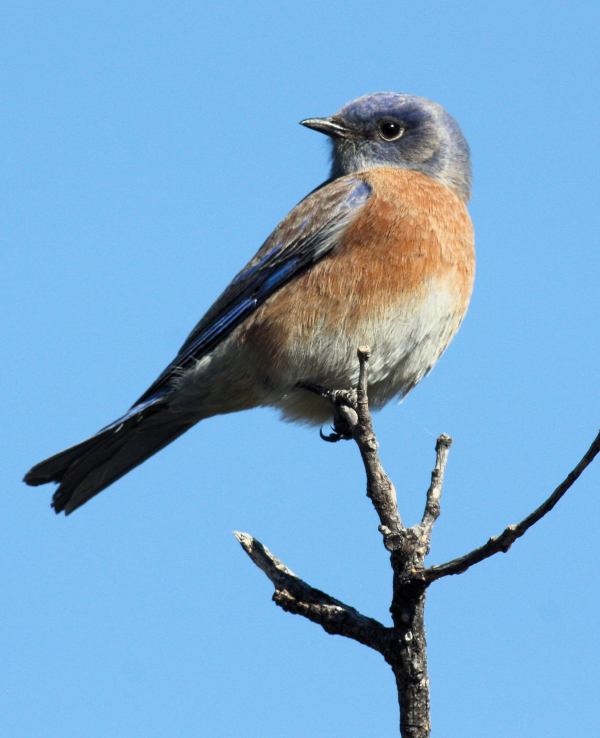Killdeer Hits the Ground Running
By Glen Wunderlich
As a youngster, I recall my first encounter with a seemingly wounded bird in Oakland County, Michigan, as it “struggled” to keep its distance from me. It appeared to have a broken wing and it looked like I’d be able to catch it in short order. However, it somehow managed to stay out of reach and eventually “healed up” and flew off. Little did I know that I had been outsmarted by a most interesting, long-legged shorebird named the killdeer, which drew me away from its nest or young ones.
It’s a sure sign of spring when its unmistakable sound of kill-dee is repeated incessantly near open fields often far from any shore or water. The killdeer’s nest is right there in the open on the ground for anyone to see but its natural camouflage makes it extremely difficult to find even if you are looking directly at it. The nest is no more than a slight depression in gravel or bare ground and contains four pale buff, spotted eggs that thoroughly blend in with the surrounding area. About the only way to actually find a nest is to watch a vocal parent bird from a distance as it settles on nesting duties.
As soon as the eggs hatch, the youngsters are able to run on their spindly legs. Birds that are able to do this are termed precocial – covered with down and fully active. Other examples of precocial birds are quail, chickens and ducks. Mother Nature undoubtedly gave them the ability to hit the ground running as a defense mechanism, because they’d be easy prey if they were to remain in their ground nest. Their primary food source is insects and other bugs that crawl on the ground.
My Audobon Society field guide indicates the killdeer breeds from British Columbia, Mackenzie, and Newfoundland south to the West Indies, Mexico and Peru and winters from New Jersey and Ohio southward.
Although I have been able to locate killdeer nests in the past, I had never actually seen a newly hatched chick until last week. Once again, the parent bird was doing its broken-wing sales job on me, when I noticed a young one scurrying away. In the lawn area it struggled as though it was navigating thick jungle terrain. But, when it cleared the grass and made its way to gravel, it ran with remarkable speed making a photo opportunity a difficult proposition.
In the past, I have taken note of killdeer whenever I disk the ground with my tractor in preparation for wildlife food plots. Although it delays my work, I feel obligated not to destroy any nests or youngsters. The broken-wing antics of the adults are now recognized as an alert and even though it means delaying my planting chores, I’ll take the time to mark nests and avoid them, because any insect eater is a friend of mine.









